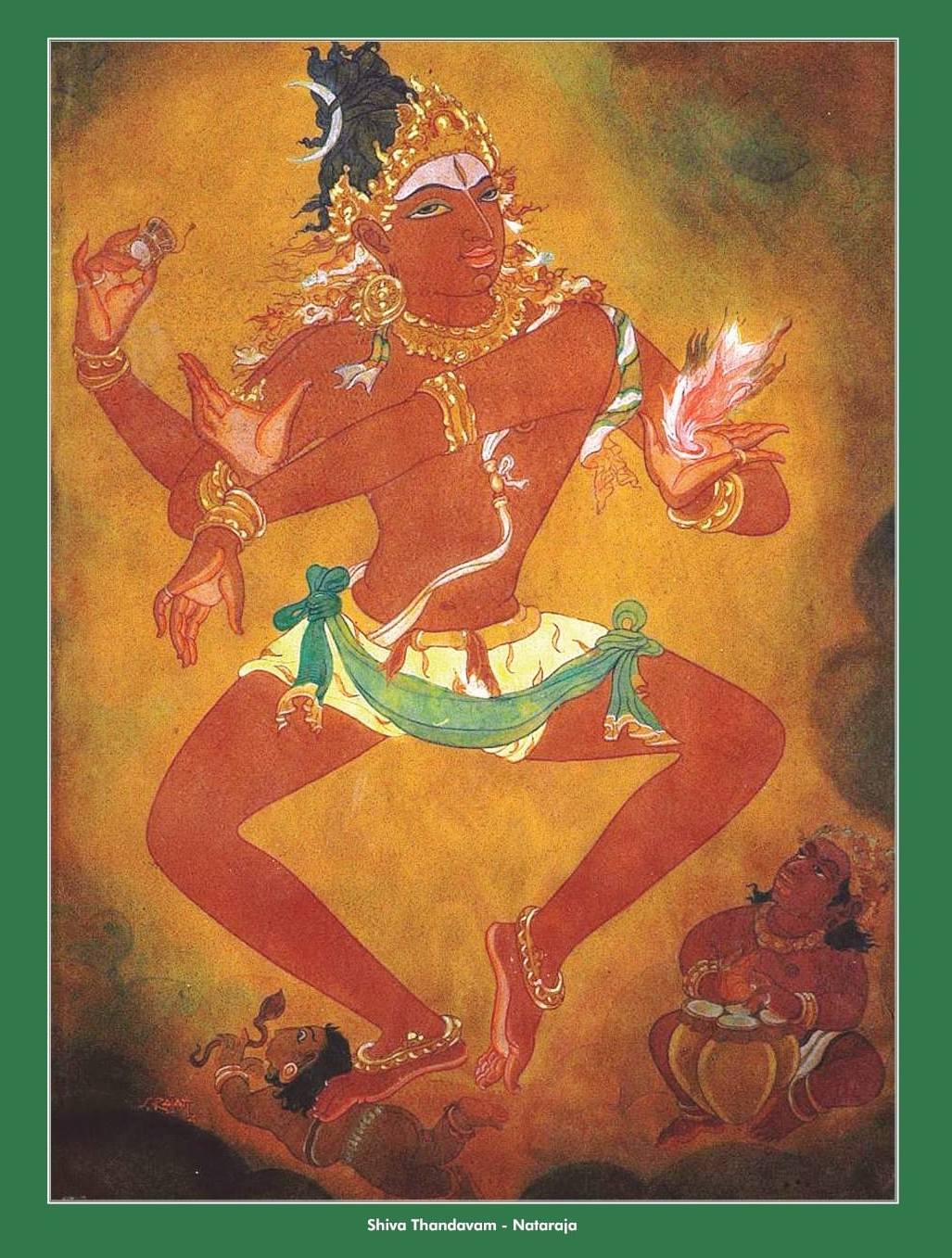The recent crisis has brought to the surface the fear of death, the fragility of human existence and the way we look at the human body. Fear of Death is nothing new. It has chased all our human efforts as a shadow.
To the surface eye, death looks like the last judgment on man’s works, a final seal of impermanence if not the futility of human existence. It is this perception that has motivated men like Buddha to go in search of the Permanent behind all the ever-changing appearances of life. Even though scholars tend to pit him against the traditional Vedic thought, if we go deeper than the words we shall find that Buddha only reiterated in his own unique way the ancient formula of the Vedic seers, – that there is indeed a Reality, a Permanent, a Stable basis, call it Brahman or the Permanent, over which the dance of creation takes place. The Buddha assumes this dance to be filled with suffering and hence to be abandoned. That the Mayavadin calls it an illusion is not much different.
There is another way of looking at this. It is this that the dance is not only taking place upon the stable Omnipresent Reality but also around It. This is a more complete dynamic view since it makes at least tries to unite the two together. The force or impulsion for the dance emerges from the secret heart of the Reality that is there behind everything. In fact, the dancer or nature is drawing all her inspiration and force from the Reality behind all its movements. In this view of things, we dance as long as He, The Purusha, or the secret Reality behind all things, does not bid us withdraw. Of course, the cosmos continues but an individual reaches a point in his dance wherein he can withdraw into the bosom of the One from whom the dance has emerged.
 But there is a third way, a more cosmic way of looking at things. It is this that each unit of this vast and complex dance of nature can and must try to tune into the rhythms of the eternal dancer who though Himself seemingly makes not a gesture and yet it is His Will that moves Prakriti. This Will sets the tone and the rhythm of the dance. Depending upon this Will, the dance now assumes the dance of lasya, of a new creation or else it swiftly changes into tandava, the dance of destruction. In fact, both go together hand in hand as the mighty Shiva dancing with the Shakti, the original Power in creation. When Shakti goes on dancing alone, She becomes Kali, in her fiery mood. She brings down an entire world as if she is trying to search for an eternal lover until she finds Him right below Her, within Her, around Her. But when She dances with Him, fully conscious of Him then this dance builds harmony and sets in motion the impulsions of a new creation.
But there is a third way, a more cosmic way of looking at things. It is this that each unit of this vast and complex dance of nature can and must try to tune into the rhythms of the eternal dancer who though Himself seemingly makes not a gesture and yet it is His Will that moves Prakriti. This Will sets the tone and the rhythm of the dance. Depending upon this Will, the dance now assumes the dance of lasya, of a new creation or else it swiftly changes into tandava, the dance of destruction. In fact, both go together hand in hand as the mighty Shiva dancing with the Shakti, the original Power in creation. When Shakti goes on dancing alone, She becomes Kali, in her fiery mood. She brings down an entire world as if she is trying to search for an eternal lover until she finds Him right below Her, within Her, around Her. But when She dances with Him, fully conscious of Him then this dance builds harmony and sets in motion the impulsions of a new creation.
We too can dance unconscious of Him who is within us, but behind this dance of death, there is an anguish to find who set in motion this universe. Death pulls down every mask to find this secret Lover until its own mask slips off and it discovers that he too is none else but Him. Then, attuning himself to the secret dancer, death changes into an eternal life perpetually renewing itself. Then death and life, destruction and creation are seen as two sides of a single truth, and the dance becomes conscious as we attune ourselves consciously to the rhythms of the Lord and His mighty footsteps and rejoice in the ecstasy hereafter.
Sri Aurobindo captures this beautifully in his poem ‘The Cosmic Dance’:
The Cosmic Dance
(Dance of Krishna, Dance of Kali)
Two measures are there of the cosmic dance.
Always we hear the tread of Kali’s feet
Measuring in rhythms of pain and grief and chance
Life’s game of hazard terrible and sweet.
The ordeal of the veiled Initiate,
The hero soul at play with Death’s embrace,
Wrestler in the dread gymnasium of Fate
And sacrifice a lonely path to Grace,
Man’s sorrows made a key to the Mysteries,
Truth’s narrow road out of Time’s wastes of dream,
The soul’s seven doors from Matter’s tomb to rise,
Are the common motives of her tragic theme.
But when shall Krishna’s dance through Nature move,
His mask of sweetness, laughter, rapture, love?



About Savitri | B1C1-09 Advent of the Divine Mother (p.4)